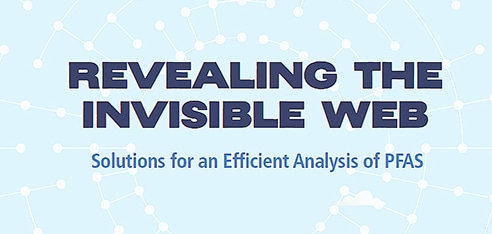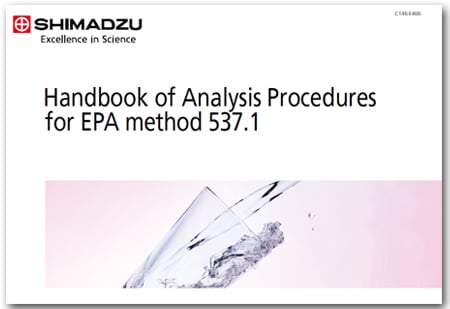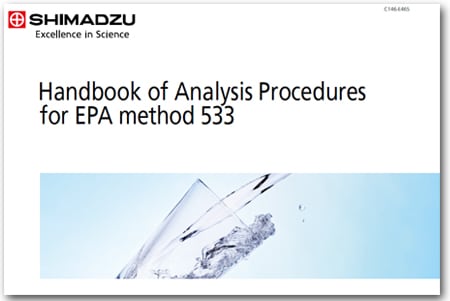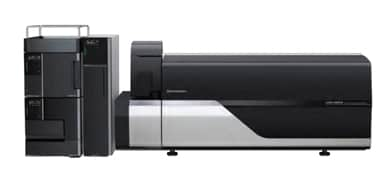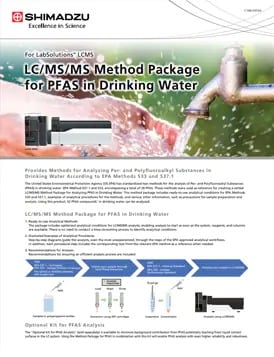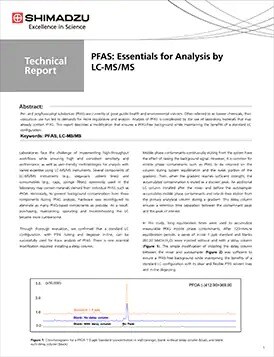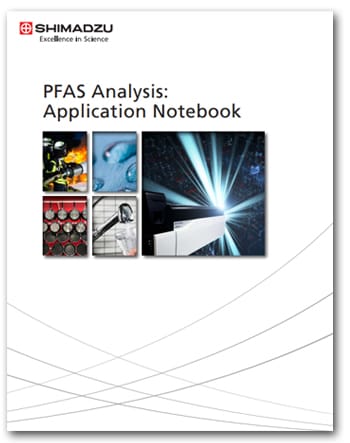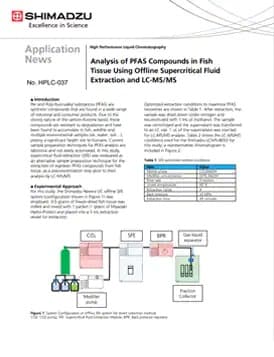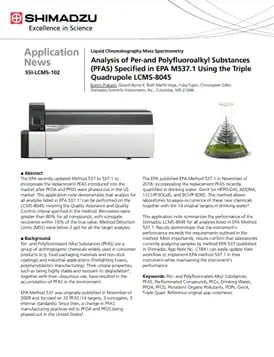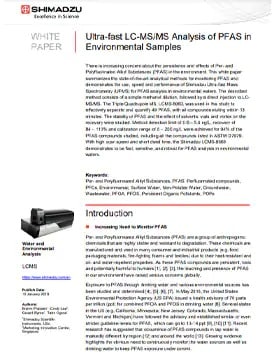Per- and Polyfluoroalkyl Substances (PFAS)
-
Per-and polyfluoroalkyl substances (PFAS) are a group of persistent and harmful chemicals that can be commonly found in the environment globally. These anthropogenic chemicals can come from various sources such as manufacturing, industrial applications, food contact materials and consumer products, and eventually end up and accumulate in the water, soil and living organisms. With concerns rising quickly about the health risks associated with PFAS exposure, it is important to ensure proper monitoring of these chemicals.

Revealing the Invisible Web –Solutions for an Efficient Analysis of PFAS–
Liquid chromatography-tandem mass spectrometry (LC-MS/MS) is one of the most frequently used techniques to detect PFAS. Yet, researchers often face bottlenecks in the analytical process that must be overcome to efficiently detect these substances. This infographic highlights robust and easy-to-use LC-MS/MS solutions to streamline PFAS analysis.
Download this infographic to learn more about:
• The cycle of PFAS in the environment
• Guidelines and vetted methods to test PFAS
• Common challenges and solutions in PFAS analysis
Resources on PFAS Analysis
| Waste Water | |
|---|---|
Q-TOF applications
New Product
Provides Methods for Analyzing Per- and Polyfluoroalkyl Substances in Drinking Water According to EPA Methods 533 and 537.1
The United States Environmental Protection Agency (US EPA) has standardized two methods for the analysis of Per- and Polyfluoroalkyl Substances (PFAS) in drinking water: EPA Method 537.1 and 533, encompassing a total of 29 PFAS. These methods were used as reference for creating a vetted LC/MS/MS Method Package for Analyzing PFAS in Drinking Water. This method package includes ready-to-use analytical conditions for EPA Methods 533 and 537.1, examples of analytical procedures for the methods, and various other information, such as precautions for sample preparation and analysis. Using this product, 52 PFAS compounds* in drinking water can be analyzed.
Handbook of Analysis Procedures
Related Product
Other Links on the PFAS
Related Application
-
Provides Methods for Analyzing PFAS in Drinking Water According to EPA Methods 533 and 537.1
-
PFAS: Essentials for Analysis by LC-MS/MS
-
Solutions for PFAS Analysis
-
Analysis of PFAS Compounds in Fish Tissue Using Offline Supercritical Fluid Extraction and LC-MS/MS
-
Analysis of PFAS Specified in EPA M537.1 Using the Triple Quadrupole LCMS-8045
-
Ultra-fast LC-MS/MS Analysis of PFAS in Environmental Samples



